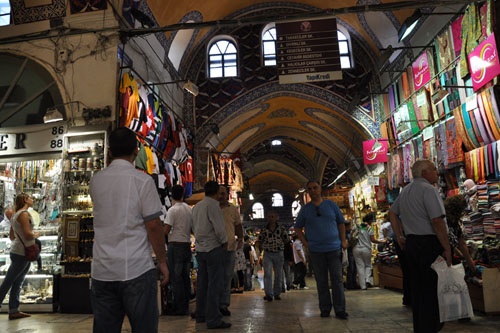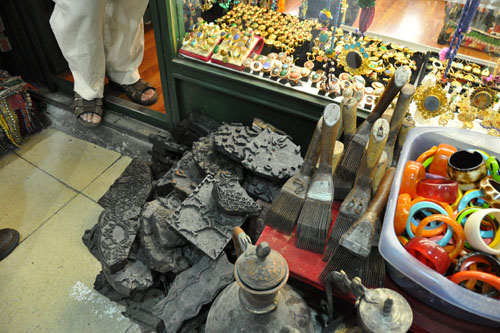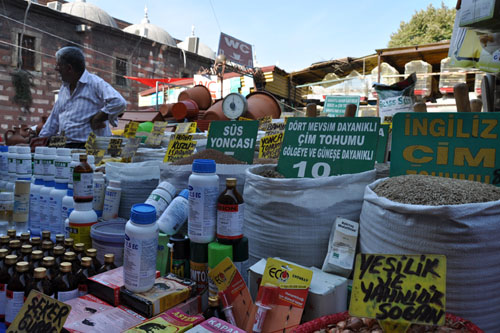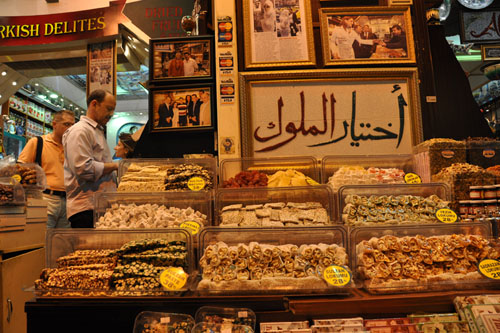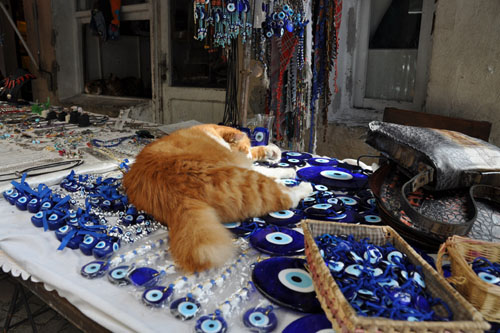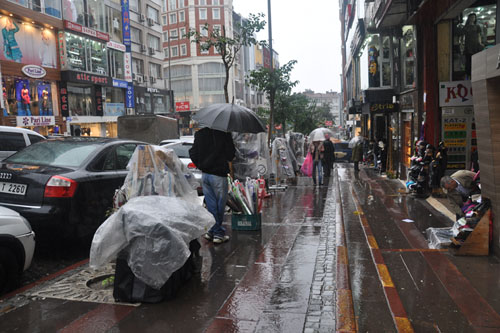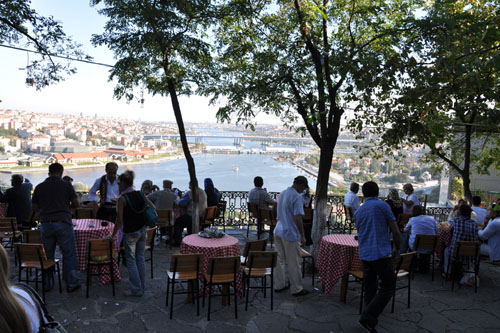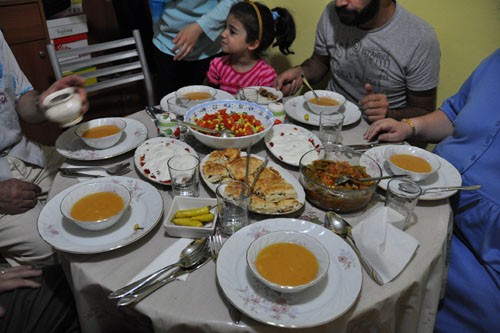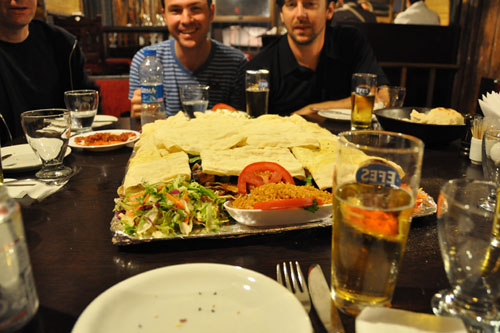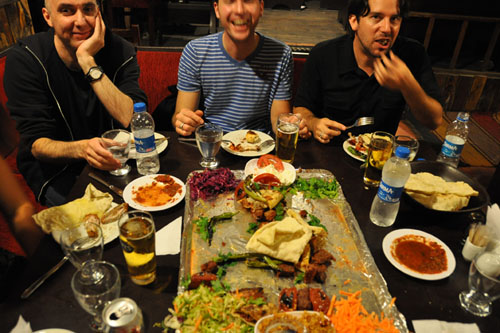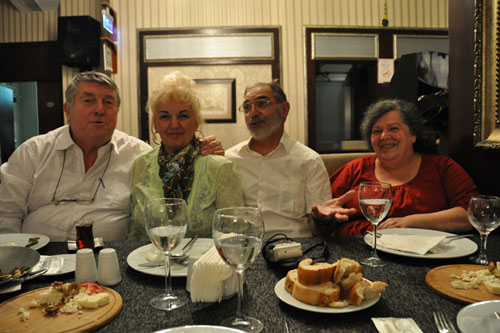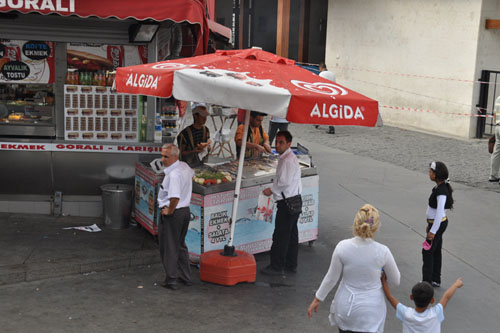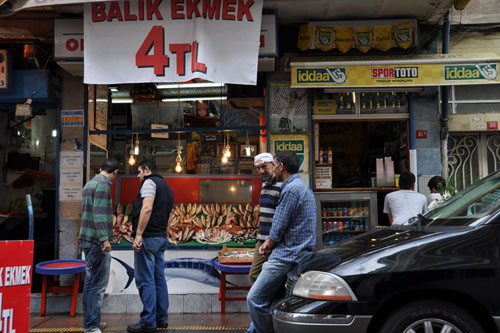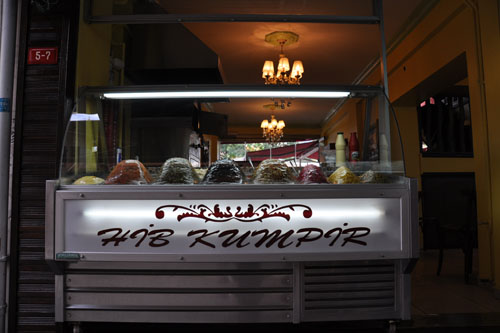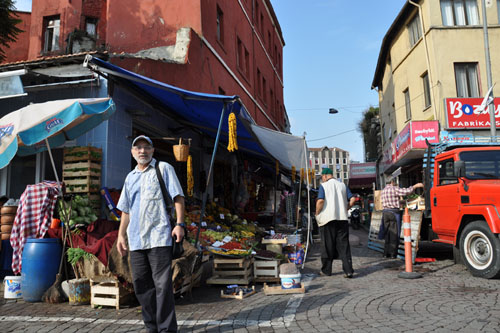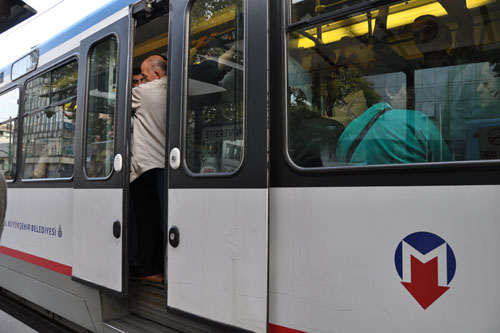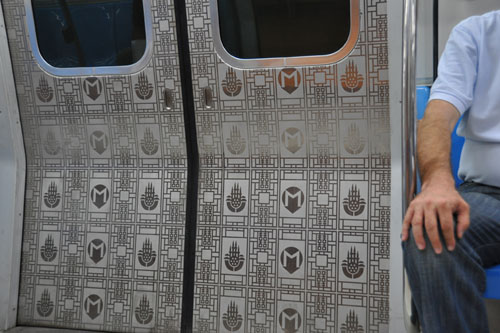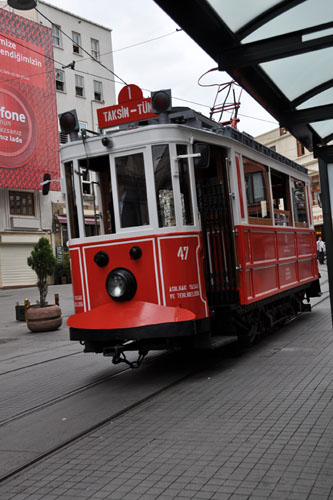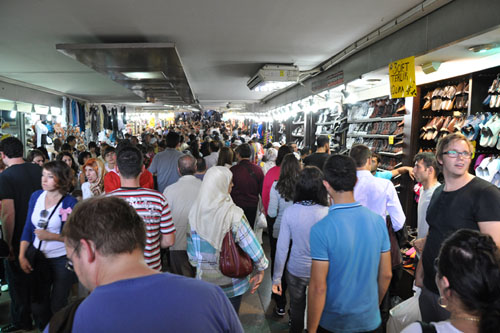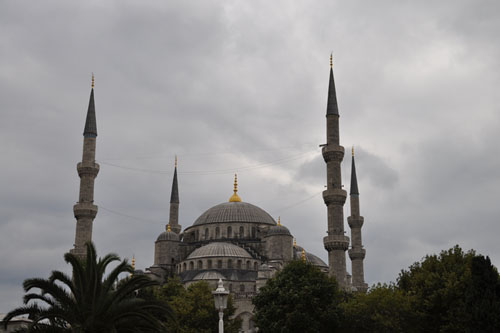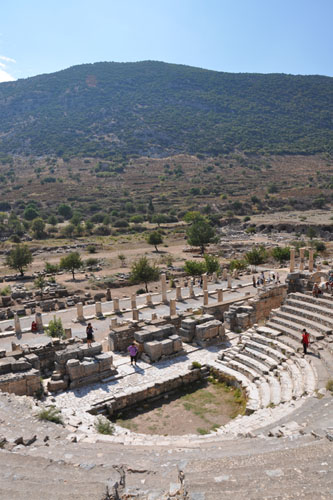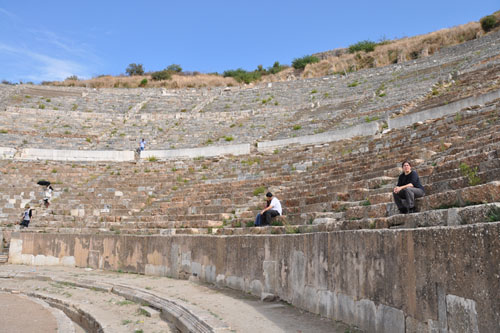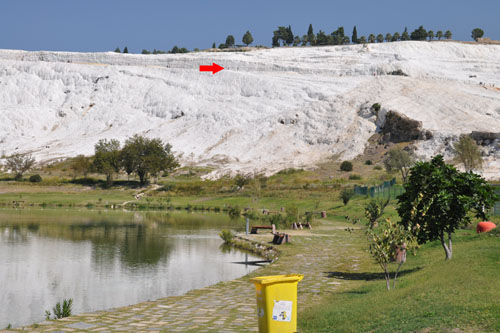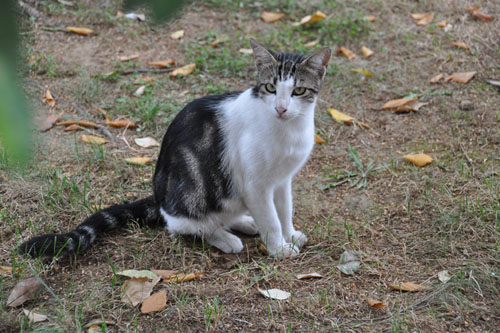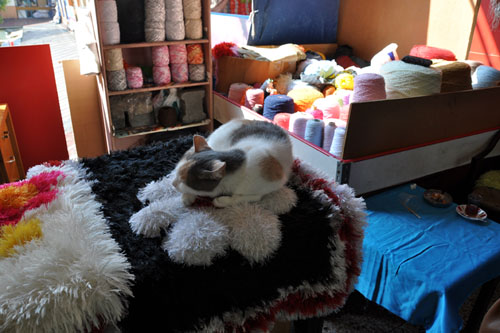I keep hearing conservative politicians and pundits talking about how we need to reduce the size of government. But fundamentally, Big Government, with lots of employees doing lots of jobs, is something conservatives can get behind.
The thing is, the economy is changing. We're getting a lot of jobs that require more than just a college education -- biotech, computer science, advanced materials science, that sort of thing. We're also getting jobs that are, frankly, menial, like gardeners and cooks and child care, which those high-end wage earners need because America worships "productivity" rather than wealth or happiness (which means people stay at work longer hours and don't have time to do things like clean their own home or cook their own meals).
Where the jobs are disappearing is in the middle. What kind of job can you get with a high school education? Not much of one, but one place where you can get a job is from the government. And it's a stable job, so people with minimal education can stay employed rather than constantly being on welfare or unemployment. Which is where the conservative values come in.
See, conservatives are really behind this idea of work-for-welfare. They don't want anybody to get a free handout, which is fair enough -- I think anybody who went to kindergarten would like life to be fair. But for some reason they also don't want to provide jobs for those people. (By the way, the problem with work-for-welfare is and has always been exactly what work those welfare recipients would do, and who would pay them to do it.)
I don't think anybody would argue that it is better to have an entire (and large) class of people be unemployed and unemployable than it is to have them in stable employment that pays them enough that they can pay rent, buy groceries, buy large-screen televisions (this is a fundamental American value, folks), and buy gas for their cars. But nobody seems to know who is going to employ these people who are not the brightest and best the country has to offer. I think any conservative would agree that if the options are to have this person get public assistance for the rest of their life for sitting on their butt doing nothing, or to have them go to work every day and sort mail or monitor traffic cameras, the better of the two options is the one where they are out of the house and a marginally productive member of society.
Unless, of course, by conservative you mean somebody who wants to drive down the cost of labour. And in this country, that is what conservatives do. They want to make it harder to leave your job and start your own business (by tying health care to employment), they want to shove thousands of underskilled labourers into the workforce (by reducing the size of the government), they want to create more underskilled labourers (by gutting the public education system), they want to make people desperate (by cutting off government aid to those in need), and they want to drive down the effective wage (by demanding higher and higher productivity, so the actual wage paid per dollar earned for the corporation falls). We're already competing with what amounts to slave labour in the manufacturing sector. If conservatives in America had their way, we'd have slave labour wages all over the country. If unemployment gets high enough, you will see people clamouring to lower the minimum wage, and that would make employers very happy, indeed.
I can only chalk it up to the inadequate economics and logical reasoning education that the average American gets that this agenda is very popular among the very people it harms the most (just like tax cuts for the richest seem to be very popular with people who cannot ever hope to make that enough to benefit from them). Why else would you consistently vote for politicians who are stealing the future from your children?
But if you're really a fiscal conservative, you would think it would be better to have more people employed and paying taxes, rather than having lots of people who live off the work of others for no reason other than that that is more convenient for businesses that want to make more profits. A fiscal conservative should want economic stability, not a feudal corporate system that has no job security and lots of boom and bust years that are terrific for exploiting for profit, but terrible for long-term planning and social order. Large government, government that employs lots of otherwise unemployable people and gets economic value out of them, is a conservative government.
